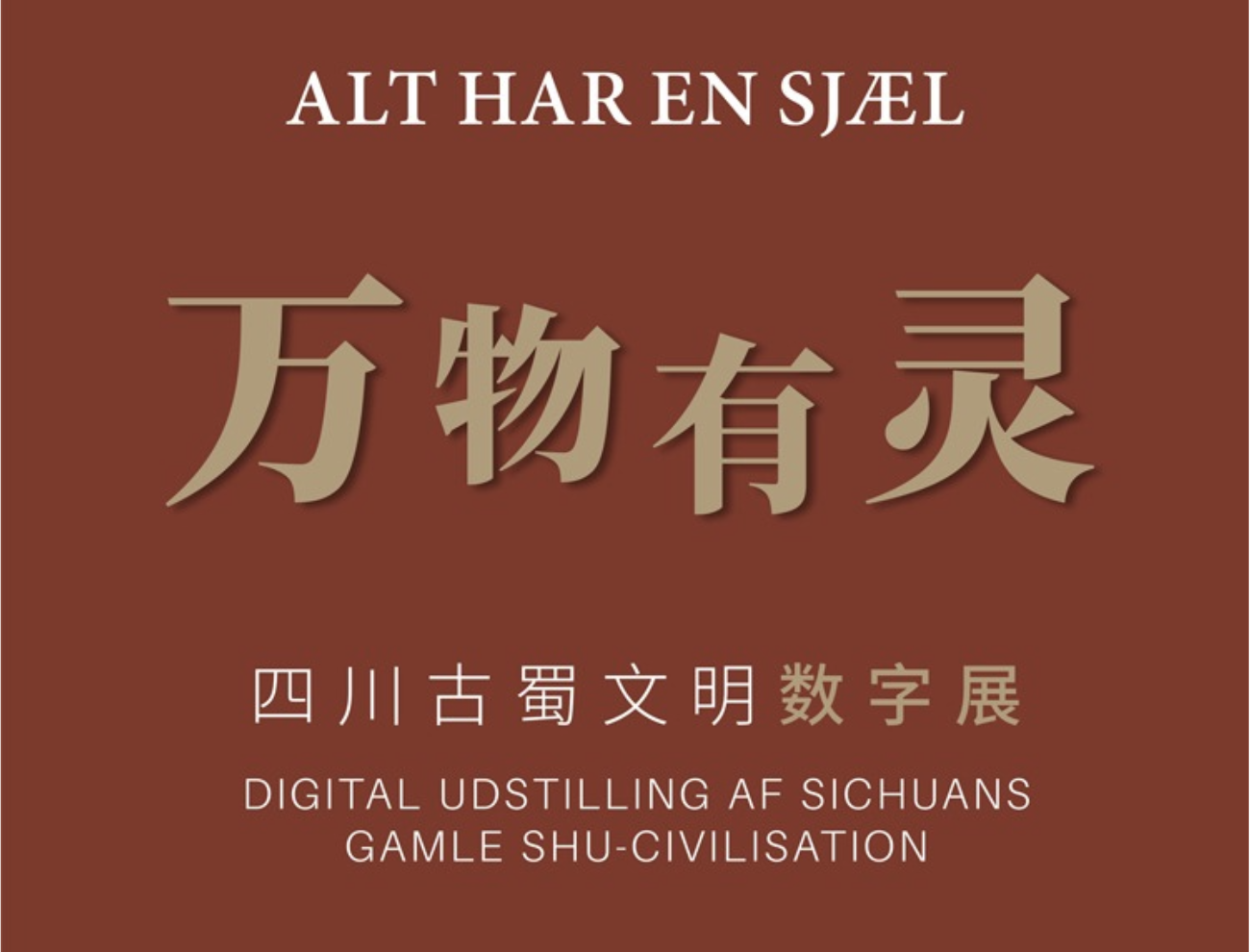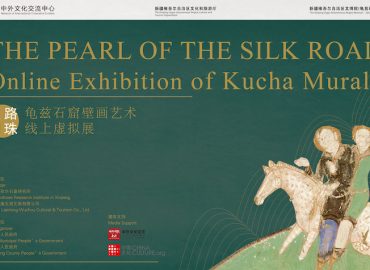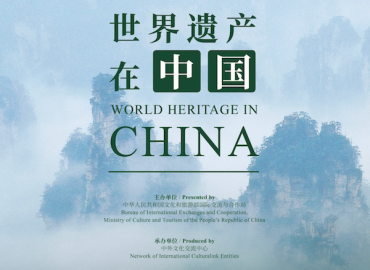(ENG)Sichuan, one of the oldest areas in china, is reputed as the Land of Abundance with rich resources. As early as 25,000 years ago, the human civilization already emerged in Sichuan. It was the cradle of the brilliant ancient Shu civilization during the late Neolithic period. Since the 20th Century, the major archaeological discoveries of the Sanxingdui Ruins and the Jinsha Site have proven that the Chengdu Plain is the center of the origin of civilization in the upper reaches of the Yangtze River and also an important part of the diversified Chinese civilization. As a developed regional civilization with distinctive features, the ancient Shu civilization is characterized by the exchange and integration of multiple cultures, becoming an outstanding representative of bronze civilization in China, East Asia and even the world. Today, the China Cultural Center in Copenhagen, in collaboration with Sichuan Cultural Communication Co., Ltd. launches the Digital Exhibition “Everything Has A Soul – Sichuan Ancient Shu Civilization”. Experience with us the mysterious ancient Shu civilization and the charm of ancient oriental wisdom through this digital exhibition.
(DAN)Sichuan, kendt som Landet af overflod, med rige ressourcer, er et af de ældste områder i Kina. Allerede for 25.000 år siden opstod den menneskelige civilisation i Sichuan. Det var vuggen for den strålende gamle Shu-civilisation i den sene neolitiske periode. Siden det 20. århundrede har de største arkæologiske opdagelser af Sanxingdui-ruinerne og Jinsha-stedet bevist, at Chengdu-sletten er centrum for civilisationens oprindelse i Yangtze-flodens øverste del og også en vigtig del af den diversificerede kinesiske civilisation. Som en udviklet regional civilisation med særpræg i den kinesiske civilisation er den gamle Shu-civilisation præget af udveksling og integration af flere kulturer, der bliver en fremragende repræsentant for bronzecivilisationen i Kina, Østasien og endda verden. I dag lancerer Det Kinesiske Kulturcenter i samarbejde med Sichuan Cultural Communication Co., Ltd. den digitale udstilling ”Alt Har En Sjæl – Sichuans Gamle Shu-Civilisation”. Oplev sammen med os den mystiske gamle Shu-civilisation og charmen ved den gamle orientalske visdom gennem denne digitale udstilling.

Upstanding Bronze Figure

Sacred Bronze Tree
Sanxingdui Ruins
(ENG)The Sanxingdui Ruins is located at the south bank of the Yazi River in the northwest of Guanghan City, Sichuan Province, China. It is 40 km away from Chengdu in the south, and 7 km away from the downtown of Guanghan in the east. Covering an area of 12 square kilometers, the Sanxingdui Ruins are the largest site of ancient city, ancient kingdom and ancient Shu culture found in Southwest China, with the longest span of history and the richest cultural connotation. The Sanxingdui Ruins was the capital of the ancient Shu Kingdom, a center of civilization in the upper reaches of the Yangtze River from 2,600 to 4,800 years ago. Therefore, it is known as one of the greatest archaeological discoveries during the 20th Century and reputed as the “Origin of Civilization of the Yangtze River”.
(DAN)Sanxingdui-ruinerne ligger ved den sydlige bred af Yazi-floden nordvest for Guanghan, Sichuan-provinsen, Kina. Det er 40 km væk fra Chengdu i syd og 7 km væk fra centrum af Guanghan i øst. Sanxingdui-ruinerne dækker et område på 12 kvadratkilometer og er det største sted for den gamle by, det gamle rige og den gamle Shu-kultur, der findes i det sydvestlige Kina, med den længste periode af historie og den rigeste kulturelle konnotation. Sanxingdui-ruinerne var hovedstaden i det gamle Shu-rige, et centrum for civilisation i den øvre del af Yangtze-floden fra 2.600 til 4.800 år siden. Derfor er det kendt som en af de største arkæologiske opdagelser i det 20. århundrede og kendt som “Yangtze-flodens civilisations oprindelse”.

Golden Mask
 Golden Sun Bird
Golden Sun Bird
Jinsha Site
(ENG)Located in the northwest of downtown Chengdu, the Jinsha Site covers an area of over 5 square kilometers. Currently, important cultural relics such as large-scale building foundations, large-scale sacrificial places, large-scale housing sites and tombs have been discovered, with thousands of treasures such as ivories, gold wares and jade wares unearthed. All of them show the distinctive characteristics of the ancient Shu Kingdom, which proves that the Jinsha Site was another political, economic and cultural center established by ancient Shu people on the Chengdu Plain after the Sanxingdui Ruins. The Jinsha Site was the capital of the ancient Shu Kingdom between about 1200 B.C. and 650 B.C.
(DAN)Beliggende i den nordvestlige del af centrum af Chengdu dækker Jinsha-stedet et område på over fem kvadratkilometer. I øjeblikket er der opdaget vigtige kulturminder som store bygningsfundamenter, store offerpladser, store boligsteder og grave, og tusinder af skatte som elfenben, guldvarer og jadevarer er blevet udgravet. Alle viser de karakteristiske træk ved det gamle Shu-rige, hvilket beviser, at Jinsha-stedet var et andet politisk, økonomisk og kulturelt centrum, der blev oprettet af det gamle Shu-folk på Chengdu-sletten efter Sanxingdui-ruinerne. Jinsha-stedet var hovedstaden i det gamle Shu-rige mellem omkring 1200 f.Kr. og 650 f.Kr.
Please click below link to watch “Everything Has A Soul – Sichuan Ancient Shu Civilization Digital Exhibition”
Follow us on our website and social media





